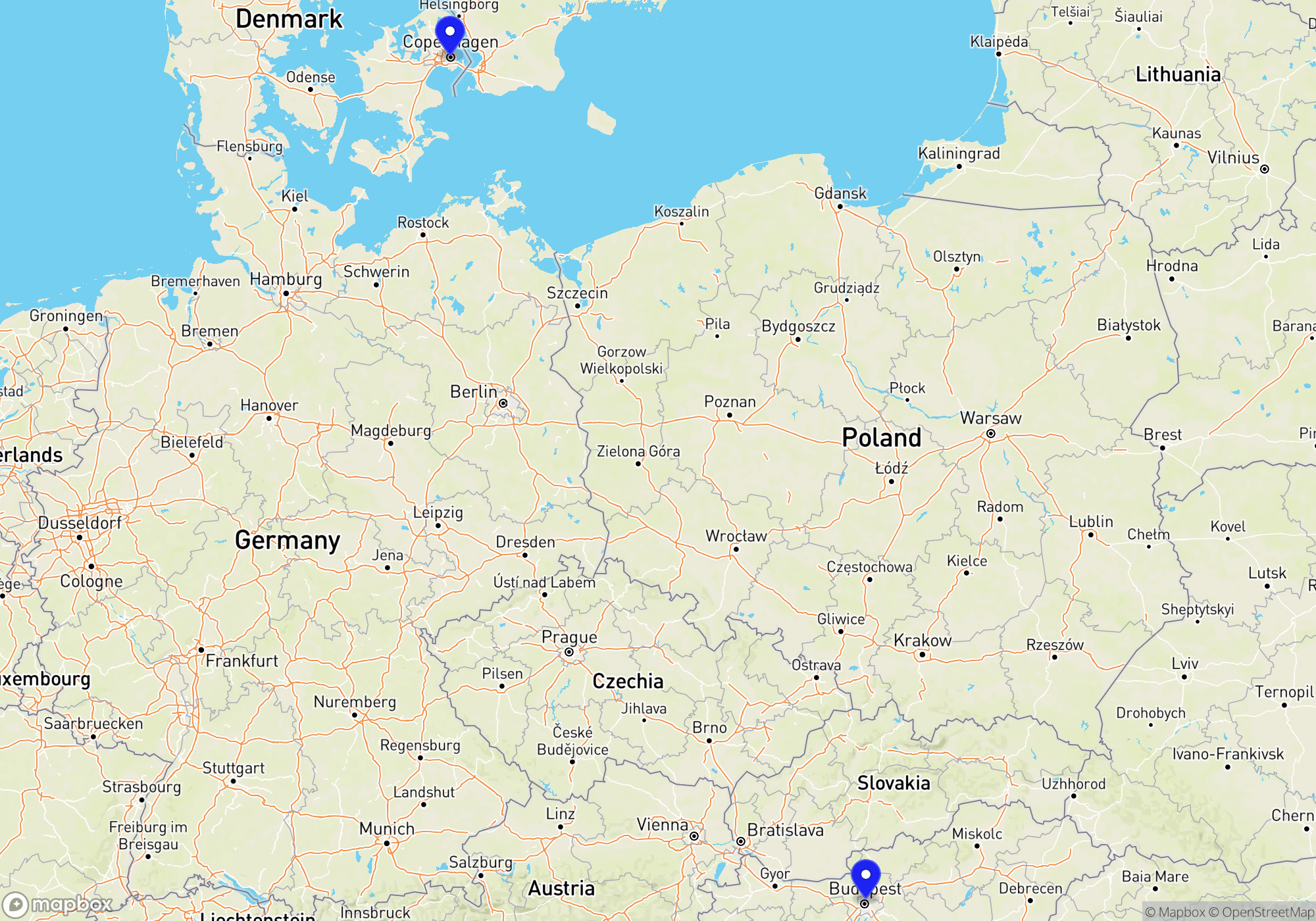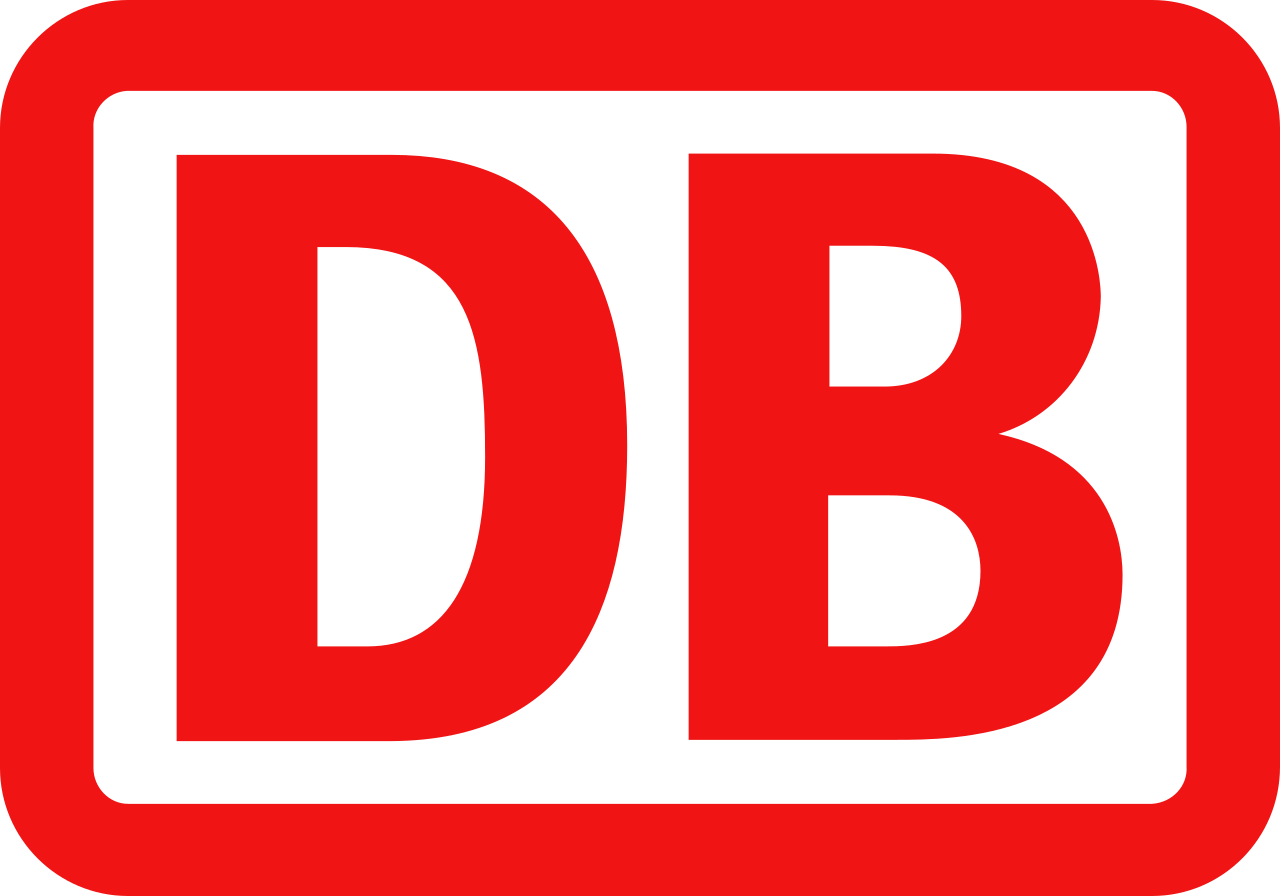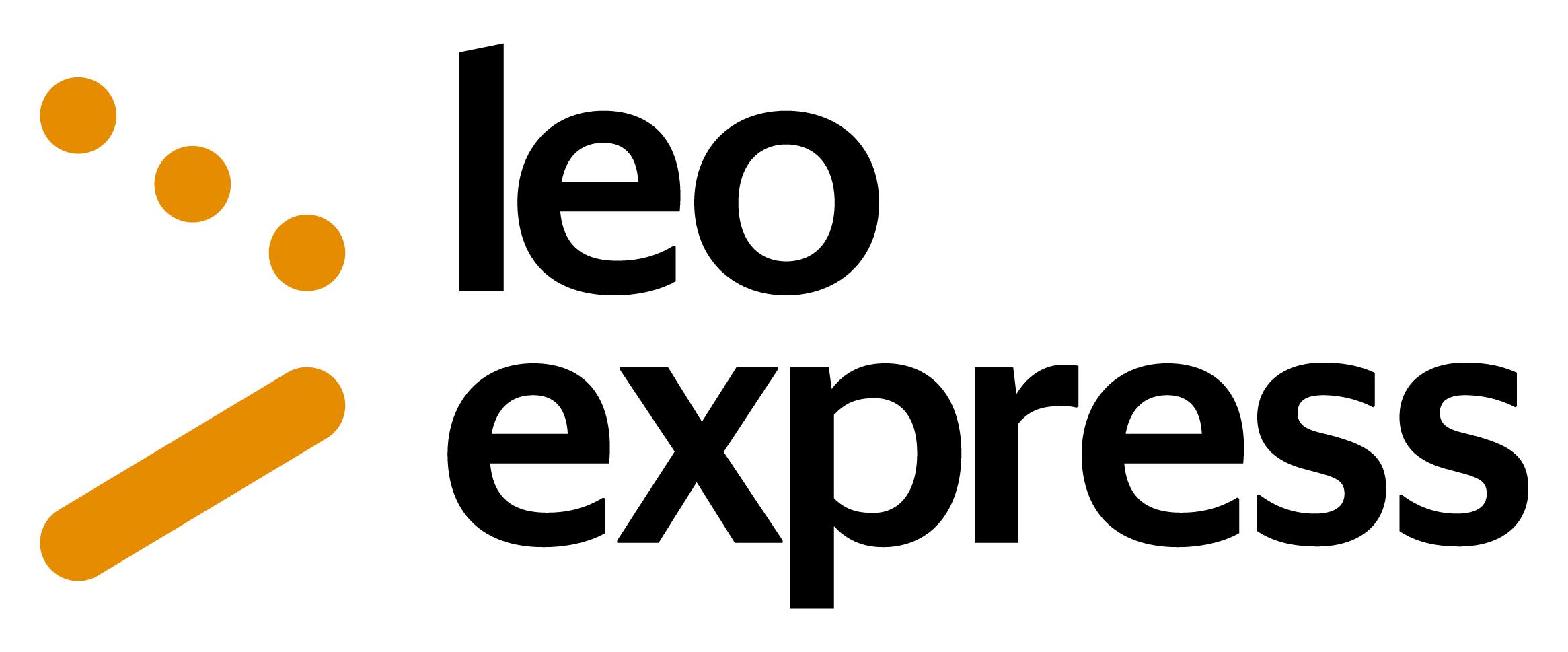
You can buy train tickets directly from the operator or through a reseller. The reseller is typically slightly more expensive (3-5%) but can provide an easier booking experience, especially if you travel with more than one operator.


These operators provide a complete journey either as a direct connection or through their partners. Even if a change of trains is involved, it’s all part of a single itinerary managed by the same train company or its partners, offering a smoother and more coordinated travel experience.


Some operators don’t run direct trains the whole way, but they serve either the departure or arrival station. In many cases, you can combine two of these operators to complete your journey by changing trains along the way. This is often a flexible and budget-friendly way to travel — especially if you’re comfortable piecing together your own itinerary.
Just keep in mind that these are separate journeys, which means a delay on the first leg could cause you to miss the second without automatic compensation or rebooking. It’s a great option for confident travelers who don’t mind a bit of extra planning.



Deutsche Bahn (DB) and Flixbus are among the rail operators that travelers can use when journeying from Copenhagen to Budapest. Deutsche Bahn, known as DB, is the national railway company of Germany and offers an extensive range of train types. These include high-speed Intercity-Express (ICE) trains, which provide swift service with comfortable seating, onboard dining, and free Wi-Fi. Other train categories include Intercity (IC) and Eurocity (EC) trains, which also serve international routes with similar amenities though they might run at slightly lower speeds compared to ICE trains. DB prides itself on strong customer support, with multilingual attendants available both on board to assist passengers and at stations. There’s also a user-friendly website and app for booking, timetables, and customer service inquiries.
Flixbus, which primarily focuses on bus services, has expanded into the rail sector with FlixTrain. Although their reach might be more limited compared to traditional rail companies like DB, FlixTrain operates with a focus on affordability. The trains usually offer comfortable seating, power outlets, and free Wi-Fi, targeting value-conscious travelers. Flixbus’ customer support is typically accessible via their website and app, where passengers can easily manage bookings and find travel information.
Both these operators offer services that emphasize a blend of comfort and efficiency, catering to a wide variety of travelers with competitive pricing. First-time travelers should consider checking the schedules and routes in advance, as train services might sometimes require changes and transfers depending on the specific journey from Copenhagen to Budapest. Booking in advance often ensures better pricing and availability, and utilizing the operators’ digital platforms can enhance the travel planning experience.
The Interrail Global Pass is valid for traveling by train from Copenhagen to Budapest for residents of EU countries, except within their country of residence. The Interrail One Country Pass is only valid within a single country, so it would not be applicable for travel between Denmark and Hungary. The Eurail Pass is valid for non-EU residents traveling on this route.
Upon arriving in Budapest by train, you’ll likely find yourself at Keleti, Nyugati, or Déli railway stations. From these stations, Budapest’s extensive and efficient public transportation system makes it easy to explore the city. The Budapest Metro has four lines: M1 (Millennium Underground), M2, M3, and M4. M1 is particularly historic, being the oldest in continental Europe, and is ideal for reaching key destinations like Vörösmarty Square and Heroes’ Square. Trams are another quintessential part of Budapest’s transit system, with routes such as Tram 2, offering scenic rides along the Danube River, and Tram 4/6 operating 24 hours a day along the Grand Boulevard. Buses and trolleybuses supplement the network, covering areas not accessible by metro or tram. For those who prefer taxis, it’s advisable to use registered companies to avoid scams; these can be hailed on the street, at taxi stands, or booked via phone or apps. Ridesharing services like Bolt and Uber provide convenient alternatives for quick trips across the city. Walking within central Budapest is also pleasant and practical, especially for shorter distances, given the city’s architectural beauty and relatively compact layout. Consider purchasing a Budapest Card or single tickets at machines or kiosks for convenient access to public transit options.
Budapest is a significant hub in the railway network of Central Europe, offering various domestic and international train connections. Domestically, the Hungarian railway company MÁV operates efficient services connecting Budapest with major cities and regions such as Debrecen, Szeged, Pécs, and Győr. These routes often start from Budapest’s three main railway stations: Keleti, Nyugati, and Déli. For international travel, Budapest is well connected to Vienna with frequent Railjet services operated by ÖBB and MÁV that provide a swift and comfortable journey of about 2.5 to 3 hours. Prague can be reached via direct trains operated by MÁV and České dráhy, taking approximately 7 hours. There are also direct services to Bratislava, taking around 2.5 hours, making it a convenient day trip option. Beyond these, Budapest is linked to further afield in Europe with overnight trains, such as the EuroNight services to Bucharest and Belgrade, and other routes extending into Germany, Poland, and beyond. With a robust mix of direct services and strategic connections, Budapest serves as an excellent starting point for exploring both Hungary and Europe by train.
The best time to visit Budapest is during the shoulder seasons of spring (April to June) and fall (September to early November). During these periods, the weather is typically mild and pleasant, making it ideal for exploring the city on foot. Train travel to Budapest during these times also tends to be less crowded than in peak summer months. Prices for accommodation and activities are generally lower compared to the summer, offering better value for money. Spring sees vibrant flowers and outdoor events, while fall brings stunning autumn foliage and the Budapest Wine Festival, which is a highlight for many visitors. Summer months (July and August) are warmer and busier, with higher prices and more tourists, though the city hosts popular events like Sziget Festival. Winter, from late November to February, is cold with fewer tourists, providing a more intimate experience and the chance to enjoy Christmas markets and thermal baths, but some attractions might reduce hours or close.
When traveling from Copenhagen to Budapest by train, it is essential to pack your passport or national ID card as it is necessary for international travel within Europe. Ensure you have your train tickets or any relevant travel passes, either printed or on a mobile device. Pack a power bank for charging electronic devices as some train carriages may not have power outlets readily available, and don’t forget a suitable European power adapter (Type C, E, or F) for Hungary. Bring comfortable clothing and layers to accommodate changing temperatures both on the train and upon arrival. Snacks and a reusable water bottle are advisable for the long journey, though food service may be available on board. A travel pillow, eye mask, and earplugs will be useful for rest and privacy. Include personal hygiene items such as hand sanitizer and wet wipes, especially for longer train rides. Consider packing a good book, e-reader, or download your favorite music and movies for entertainment. A compact umbrella or rain jacket is practical for any unexpected weather changes. Lastly, ensure you have access to essential medical prescriptions, a basic first-aid kit, and travel insurance documents for peace of mind.